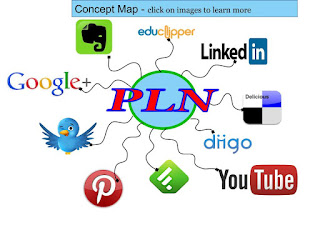Teachers and students can teach us many things about project based learning. In Seven Essentials for Project Based Learning, Mr. Larmer and Mr. Mergendoller give details and insight of what teachers/students can teach us. These seven essentials are:
- A Need to Know- Teachers can show an interesting video to get the students attention. This can potentially create discussion among students.
- A Driving Question- A leading question can engage student interest.
- Student Voice and Choice- Giving students a choice in how the assignment is done gives them a purpose and a voice in their project. They feel motivated because they have a say in how the project is completed.
- 21st Century Skills- Incorporating 21st century skills will allow students to collaborate and build upon their skills.
- Inquiry and Innovation- Letting students create their own experiment allows them to connect to the project at a deeper level. They have a personal connection to the project which will motivate them.
- Feedback and Revision- Receiving feedback on projects will make them more meaningful . Students can use rubrics given to them by the teacher to give feedback and suggest revisions.
- A Publicly Presented Project- Presenting the projects to people other than classmates and teachers gives students an incentive to do their best. Projects can be presented to senators, principal, or to their community.
In Project Based Learning for Teachers, teachers are introduced to PBL and the benefits it can have in the classroom. PBL changes the classroom from a “playing school” method to an engaging project. Students are given the freedom to use various websites to create their projects. Using PBL can motivate the students to be creative and research so they are actually learning the information rather than just hearing it. This video explains what PBL is and what teachers can go in the classroom. It also gives examples of various websites students can use to create their presentation.
The Watery Ketchup Problem is solved by two high school seniors as a class project. They were given a year to research and created a model using a 3D printer. They conducted market research and their solution can potentially sell for more than it costs to make. These students created a solution to water in the ketchup giving viewers a first hand look at what project based learning can do. This project allowed these students to look at a problem and come up with a solution.
In High School Teachers Meet the Challenges of PBL Implementation, teachers were given the task to incorporate project based learning. There were subjects, such as literature, that PBL was seen as a problem because teachers didn't want the context to lose its meaning. Teachers would constantly meet up to create PBL activities, but there were certain concepts they couldn't incorporate it in. They noticed that PBL motivated their students and saw an increase in grades. Implementing PBL at this school was only in its 3 year and still has 2 years to go.
In Project Based Learning in PE, the author explains that PBL can be used in physical education but not in a way that people would think. High schoolers would come up with physical activities for middle schoolers while implementing the 6 NASPE standards. Creating these activities would also incorporate Bloom's Taxonomy. Students would analyze various factors that could affect physical activities such as age and motivation. Using PBL in physical education shows that PBL can be used in just about any course.












